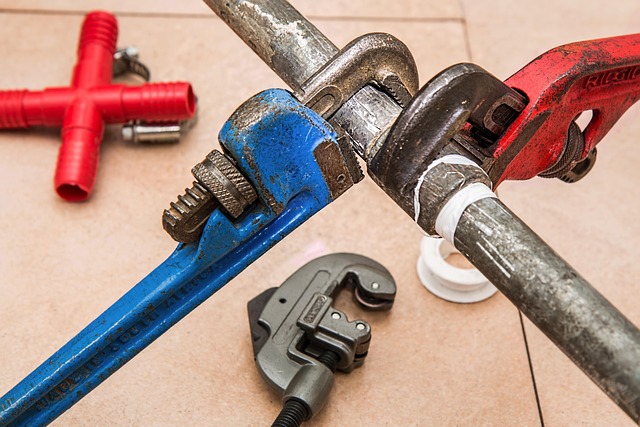Homeowners often overlook window replacement as a priority, but old or damaged windows can negatively impact comfort, energy efficiency, and security. Recognizing signs like condensation buildup, storm noise, or high energy bills prompts timely replacement. Upgrading to new windows not only improves home aesthetics but also provides better insulation, reduces noise pollution, and increases property value, making it a significant investment in long-term home repair and maintenance. Following a comprehensive guide for measurement, preparation, installation, and post-installation care ensures seamless, lasting results. Regular cleaning, inspections, repairs, lubrication, clear debris areas, and incorporating these practices into your routine extend the lifespan of new windows.
Considering window replacement? This comprehensive guide is your home repair and maintenance companion. We explore why replacing windows is often necessary, delving into signs that indicate a need for new installations. For homeowners ready to embark on this project, we provide an easy-to-follow step-by-step installation process. Furthermore, our post-installation care tips ensure your new windows remain in top condition. Enhance your home’s landscape with these expert insights.
- Understanding Window Replacement: When and Why It's Necessary
- The Installation Process: Step-by-Step Guide for Homeowners
- Post-Installation Care: Tips for Maintaining Your New Windows
Understanding Window Replacement: When and Why It's Necessary

Many homeowners often overlook window replacement as a necessary aspect of home repair and maintenance. However, old or damaged windows can significantly impact your comfort, energy efficiency, and even security. Over time, windows can become drafty, allowing precious heated or cooled air to escape, which leads to higher energy bills. They may also develop cracks or seal issues, causing water intrusion and potential structural damage.
Understanding when to replace windows is crucial for effective home maintenance. Signs like frequent condensation buildup, loud noises during storms, or significant energy bills compared to similar homes can indicate the need for new windows. Replacing them not only enhances your home’s overall aesthetics but also provides better insulation, reduces noise pollution, and increases the property’s value, making it a valuable investment in home repair and maintenance.
The Installation Process: Step-by-Step Guide for Homeowners

The window replacement and installation process is a significant home repair and maintenance task that can greatly enhance energy efficiency and home security. It involves several precise steps to ensure a seamless fit and long-lasting performance. Here’s a step-by-step guide for homeowners:
1. Measure and Prepare: Start by measuring the existing window frame to determine the exact size of the replacement window. Remove the old window carefully, taking note of any structural elements that need to be protected or reinforced during the process. Clean the opening thoroughly to ensure proper adhesion.
2. Install the New Window: Place the new window into position, ensuring it aligns with the frame and is level. Use shims if necessary to adjust for any gaps. Secure the window in place using appropriate hardware, such as nails or screws, following the manufacturer’s instructions. Apply a bead of caulk around the window’s perimeter to seal any gaps and enhance weatherproofing.
Post-Installation Care: Tips for Maintaining Your New Windows

After successful window replacement or installation, proper post-installation care is crucial for maintaining your new windows and ensuring they last. Regular cleaning is essential; use a soft cloth and mild detergent to wipe down the glass surfaces, avoiding harsh chemicals that could damage the coating. Inspect your windows periodically for any signs of damage, such as cracks or warping, and address them promptly using suitable repair kits or professional services.
Lubrication is another key aspect; apply a thin layer of silicone-based lubricant to the locking mechanisms and hinges to ensure smooth operation and prevent rust. Keep the areas around your windows clean and clear of debris to maintain proper ventilation, which not only keeps your home comfortable but also reduces the risk of moisture build-up that could lead to damage over time. Incorporating these simple maintenance practices into your home repair and maintenance routine will help extend the lifespan of your new windows.
Window replacement is a significant aspect of home repair and maintenance, offering both aesthetic and functional benefits. By understanding when and why it’s necessary, along with the step-by-step installation process and post-installation care tips, homeowners can ensure their new windows enhance energy efficiency and home value. Incorporating these practices into your home maintenance routine will contribute to a comfortable living environment and minimize future repair costs.














